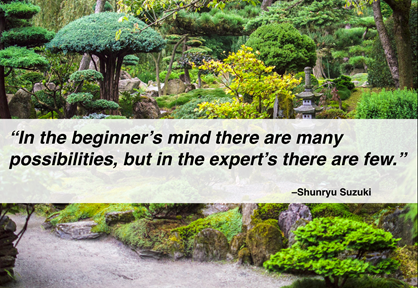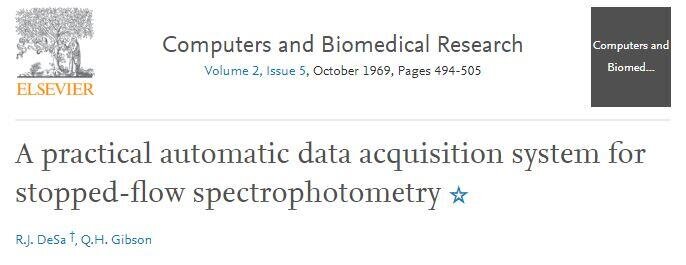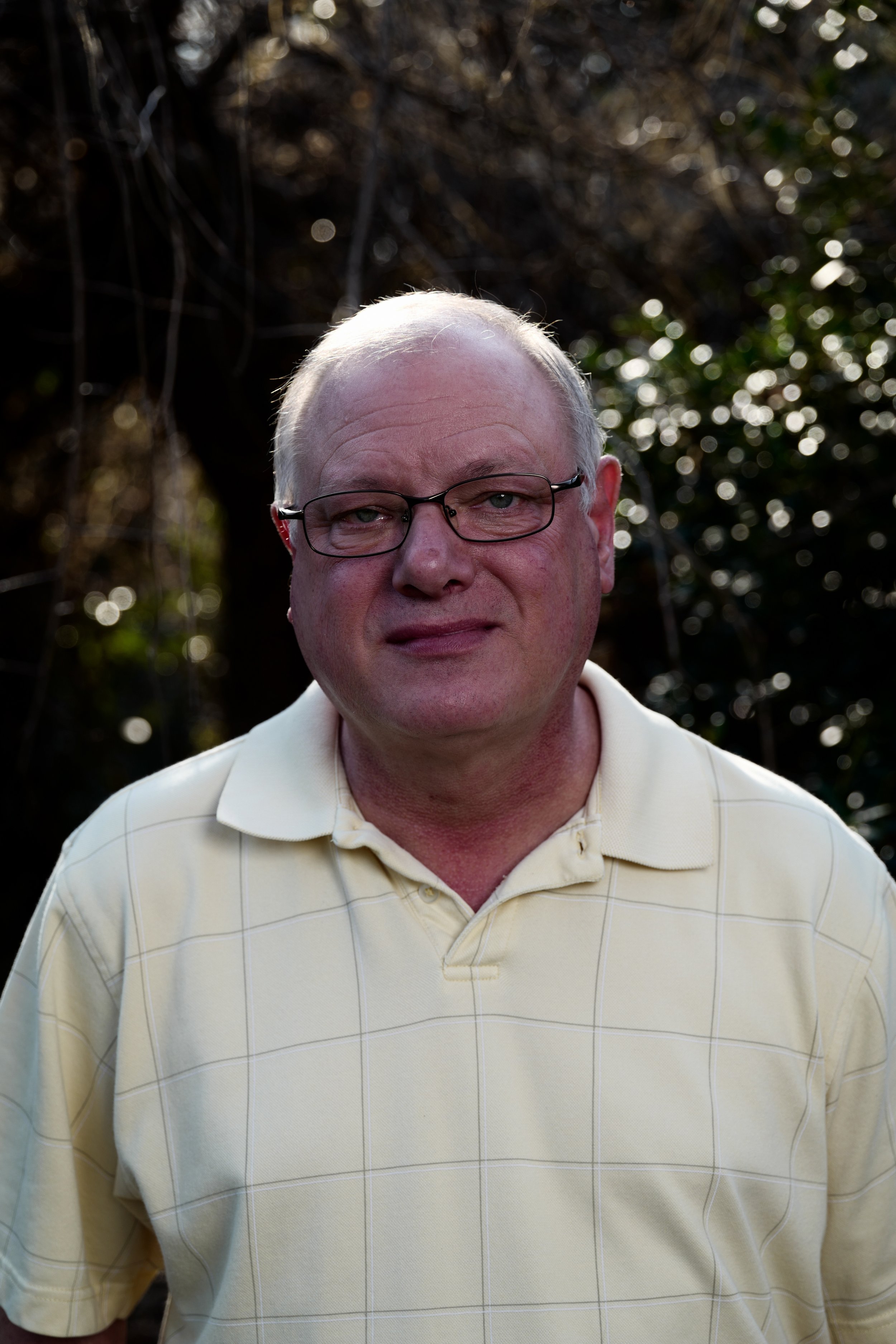The Spectrophotometers Diaries
The Spectrophotometers Diaries
Blog Article
Spectrophotometers Fundamentals Explained
Table of ContentsUnknown Facts About SpectrophotometersUv/vis Fundamentals ExplainedThe Best Guide To Uv/visCircular Dichroism for DummiesThe Buzz on Spectrophotometers

Spectrophotometry is a tool that hinges on the quantitative analysis of molecules depending on how much light is soaked up by colored substances.
Circular Dichroism Things To Know Before You Get This
A spectrophotometer is commonly used for the measurement of transmittance or reflectance of services, transparent or nontransparent solids, such as sleek glass, or gases. Numerous biochemicals are colored, as in, they take in noticeable light and for that reason can be measured by colorimetric treatments, even colorless biochemicals can frequently be converted to colored substances appropriate for chromogenic color-forming reactions to yield substances appropriate for colorimetric analysis.: 65 However, they can likewise be developed to measure the diffusivity on any of the listed light ranges that generally cover around 2002500 nm utilizing various controls and calibrations.
An example of an experiment in which spectrophotometry is utilized is the decision of the stability constant of a solution. A certain chain reaction within a solution might take place in a forward and reverse direction, where reactants form items and products break down into reactants. At some point, this chain reaction will reach a point of balance called a balance point.
Uv/vis - An Overview
The quantity of light that goes through the solution is indicative of the concentration of certain chemicals that do not allow light to go through. The absorption of light is due to the interaction of light with the electronic and vibrational modes of particles. Each type of molecule has a private set of energy levels related to the makeup of its chemical bonds and nuclei and thus will soak up light of specific wavelengths, or energies, leading to special spectral residential or commercial properties.
The use of spectrophotometers covers numerous scientific fields, such as physics, products science, chemistry, biochemistry. circular dichroism, chemical engineering, and molecular biology. They are widely utilized in many markets consisting of semiconductors, laser and optical production, printing and forensic evaluation, as well as in labs for the research study of chemical substances. Spectrophotometry is typically used in measurements of enzyme activities, decisions of protein concentrations, determinations of enzymatic kinetic constants, and measurements of ligand binding reactions.: 65 Ultimately, a spectrophotometer is able to determine, depending on the control or calibration, what substances are present in a target and exactly how much through calculations of observed wavelengths.
Developed by Arnold O. Beckman in 1940 [], the spectrophotometer was produced with the help of his colleagues at his company National Technical Laboratories founded in 1935 which would end up being Beckman Instrument Business and eventually Beckman Coulter. This would come as a service to the formerly developed spectrophotometers which were not able to soak up the ultraviolet correctly.
Circularly Polarized Luminescence Things To Know Before You Buy
It would be found that this did not provide acceptable results, for that reason in Design B, there was a shift from a glass to a quartz prism which enabled much better absorbance results - UV/Vis/NIR (https://www.indiegogo.com/individuals/36812837). From there, Design C was born with a modification to the wavelength resolution which ended up having three systems of it produced
It irradiates the sample with polychromatic light which the sample soaks up depending on its homes. It is sent back by grating the photodiode selection which detects the wavelength area of the spectrum. Ever since, the development and implementation of spectrophotometry devices has actually increased immensely and has actually turned into one of the most innovative instruments of our time.

Not known Details About Uv/vis/nir
The grating can either be movable or fixed.
In such systems, the grating is fixed and the strength of each wavelength of light is determined by a various detector in the array. When making transmission measurements, the spectrophotometer quantitatively compares the portion of light that passes through a referral option and a test option, then electronically compares the strengths of the two signals and calculates the portion of transmission of the sample compared to the referral requirement.

Report this page